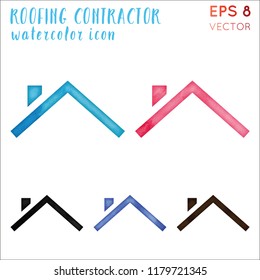Choosing The Appropriate Colors: A Comprehensive Guide To Exterior Painting For Commercial Properties
Choosing The Appropriate Colors: A Comprehensive Guide To Exterior Painting For Commercial Properties
Blog Article
Uploaded By-Kondrup Helbo
When it comes to commercial external painting, the colors you choose can make or break your brand name's appeal. Understanding just how various colors influence assumption is crucial to drawing in customers and building depend on. Yet it's not just about individual preference; local fads and laws play a significant duty too. So, exactly how do you locate the perfect equilibrium between your vision and what resonates with the neighborhood? Let's explore read page that assist your color choices.
Understanding Color Psychology and Its Influence On Organization
When you select shades for your organization's outside, recognizing color psychology can considerably affect just how prospective clients perceive your brand.
Colors evoke emotions and established the tone for your service. As an example, blue usually communicates trust fund and professionalism, making it optimal for banks. Red can create a feeling of urgency, best for dining establishments and clearance sales.
At the same time, environment-friendly signifies development and sustainability, interesting eco-conscious consumers. Yellow grabs interest and sparks optimism, however excessive can overwhelm.
Consider your target market and the message you want to send out. By picking the ideal colors, you not just enhance your aesthetic appeal yet also align your picture with your brand name values, inevitably driving customer interaction and commitment.
Studying Resident Trends and Rules
How can you ensure your external paint choices resonate with the area? Beginning by looking into neighborhood trends. Browse through neighboring services and observe their color design.
Take note of what's preferred and what feels out of place. This'll help you align your selections with area aesthetics.
Next, check regional policies. https://garretteisvg.blogsidea.com/40747239/discover-the-considerable-function-of-residence-painters-and-exactly-how-their-outstanding-skills-can-transfigure-your-home-right-into-an-impressive-creative-creation have guidelines on exterior colors, particularly in historic districts. You do not intend to hang around and money on a scheme that isn't certified.
Involve with regional entrepreneur or area groups to collect understandings. mouse click the following internet site can give useful responses on what colors are favored.
Tips for Integrating With the Surrounding Environment
To create a natural appearance that blends perfectly with your surroundings, think about the natural surroundings and architectural designs nearby. Begin by observing the shades of close-by buildings and landscapes. Earthy tones like greens, browns, and low-key grays commonly function well in all-natural setups.
If your building is near dynamic urban areas, you might choose bolder shades that show the neighborhood energy.
Next off, consider the architectural style of your building. Typical designs may benefit from classic shades, while modern styles can embrace modern schemes.
Check your shade selections with samples on the wall to see just how they communicate with the light and atmosphere.
Finally, remember any local standards or neighborhood looks to guarantee your option enhances, rather than clashes with, the environments.
Verdict
In conclusion, choosing the ideal colors for your commercial exterior isn't nearly looks; it's a calculated choice that influences your brand name's understanding. By using shade psychology, taking into consideration neighborhood trends, and making sure consistency with your surroundings, you'll create a welcoming ambience that draws in consumers. Do not fail to remember to test examples prior to devoting! With the best method, you can raise your organization's curb appeal and foster long-term consumer engagement and commitment.
